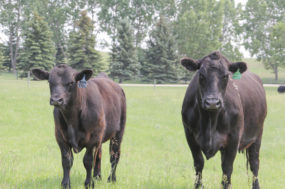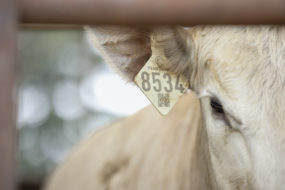Placements into feedlots during the month of December, which included one additional business day compared to December 2013, totaled 1.54 million head while marketings during the same month totaled 1.65 million head.
Placements totaled 1.54 million head, a decrease of 8.1 percent from December 2013 and a 6.4 percent decrease from the five-year average from 2009 to 2013. Market analysts expected placements to come in at 1.68 million head, so the reported value was much lower than anticipated and even below the lowest guess of a 7.7 percent decline. This marks the third lowest December placement number on record since 1996.
Cattle placed in major feeding states (Texas, Nebraska, Kansas and Colorado) were, at the very least, not positive for weight categories below 800 pounds. Texas saw less year-over-year placements of 800 pound and heavier cattle, Colorado had even placements for this weight group, while Nebraska and Kansas had more 800-plus weight cattle placed. As a result, the average placement weight (694 pounds) continued the recent trend of being higher versus year-ago (691 pounds) and five-year average (688 pounds) levels.
Cattle marketed in December totaled 1.65 million head. This put marketings down 4.7 percent versus last year and down 5.6 percent compared to the average from 2009 to 2013. Pre-report expectations called for marketings to be 4.4 percent lower than the same period last year.
The total number of cattle in feedlots with 1,000 head or larger capacity totaled 10.69 million head, up 0.9 percent versus Jan. 1, 2014, but 4.8 percent lower than the five-year average. Market analysts expected a 1.6 percent year-over-year increase in cattle inventories, with the smallest guess looking for a 0.8 percent increase, meaning the reported value was very near the bottom end of expectations.
This report also provided a break down on the types of cattle in feedlots (i.e., steers, heifers, cows and bulls). There were 6.93 million head of steers in feedlots with 1,000 head or larger capacity on Jan. 1, 2015, a 2.3 percent increase from last year. Heifers totaled 3.67 million head, down 1.6 percent from one year ago. Cows and bulls totaled 84,000 head, up 5 percent. The smaller number of heifers in feedlots will likely add to the storyline of increased heifer retention and growth in the beef herd. More will be known this coming week with the annual Cattle Inventory report.
John Michael Riley is an extension agricultural economist for Mississippi State University. This article originally appeared in the In The Cattle Markets newsletter.







